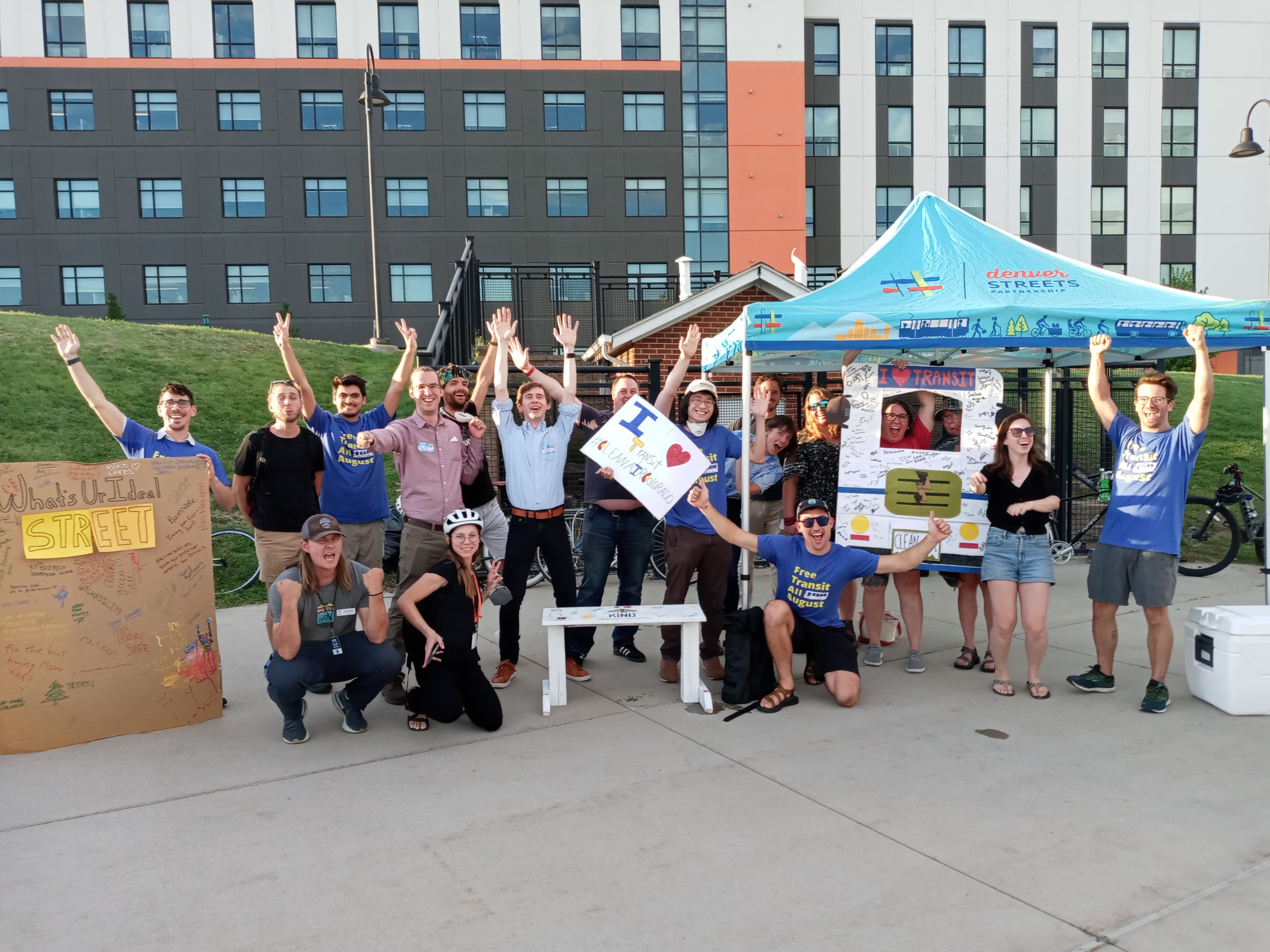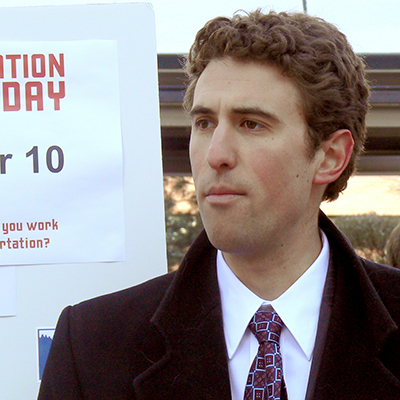
A conversation with CDOT’s Executive Director highlights the momentum for improving our main streets
On the heels of Governor Polis’s proposal to add another $40 million to a program designed to make our main streets more people-friendly, I sat down with the Executive Director of the Colorado Department of Transportation (CDOT), Shoshana Lew, to talk about the success of their Main Streets program. One takeaway - keep the money coming!
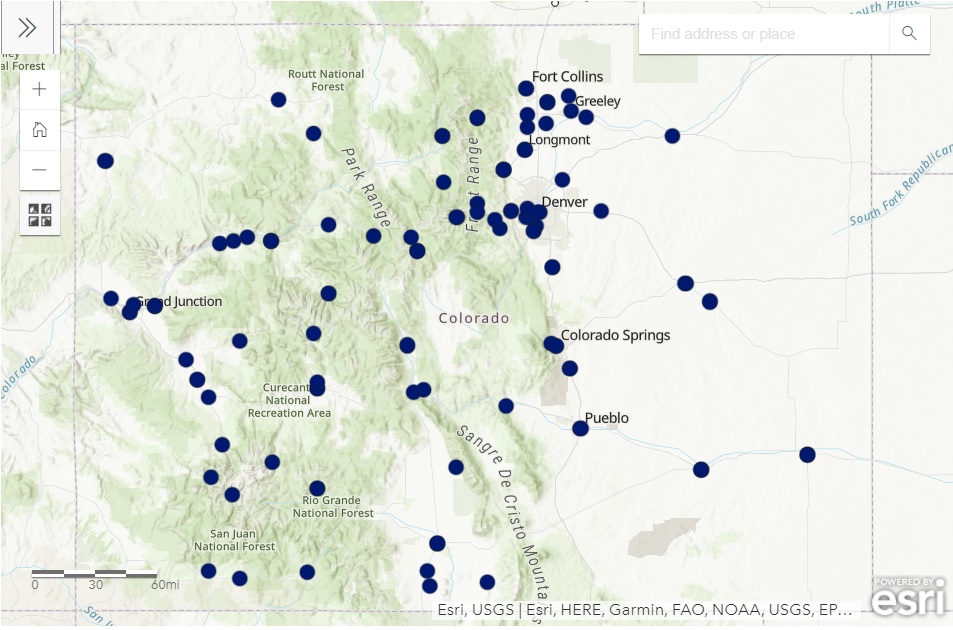
Revitalizing Main Streets projects (December 2021)Photo by CDOT | Public Domain
It’s been called Safer Main Streets. It’s been called Revitalizing Main Streets.
What I think it’s about – People-Friendly Streets.
I sat down with CDOT’s Executive Director Shoshana Lew to talk about the program and its impact on Coloradans across the state. Watch the video to learn more.
Most people think interstates when they think about the Colorado Department of Transportation (CDOT).
But it’s likely that the main street you visited today – to go to work, grab coffee, sit outside at a brewery, shop for groceries, access the library, a park or school, get a medical check up or hop on a bus – was technically a highway that CDOT was at least partly responsible for.
State highways that are also main streets are everywhere in CO. In Colorado’s biggest cities, these highways are often arterials – major roadways like Colfax, Federal, Parker, Santa Fe, the Diagonal, 120th, College, Nevada, and North.
For more rural parts of the state these highways are literally Main Street.
Designed to move cars first they have become barriers for people. As homes, businesses, schools and medical clinics have grown up around them, these streets, especially in urban areas, have become some of our most dangerous roads for people – a high-injury network.
In the Denver region, a look at the high-injury network shows a lot of overlap with the CDOT highways that are increasingly our main streets.
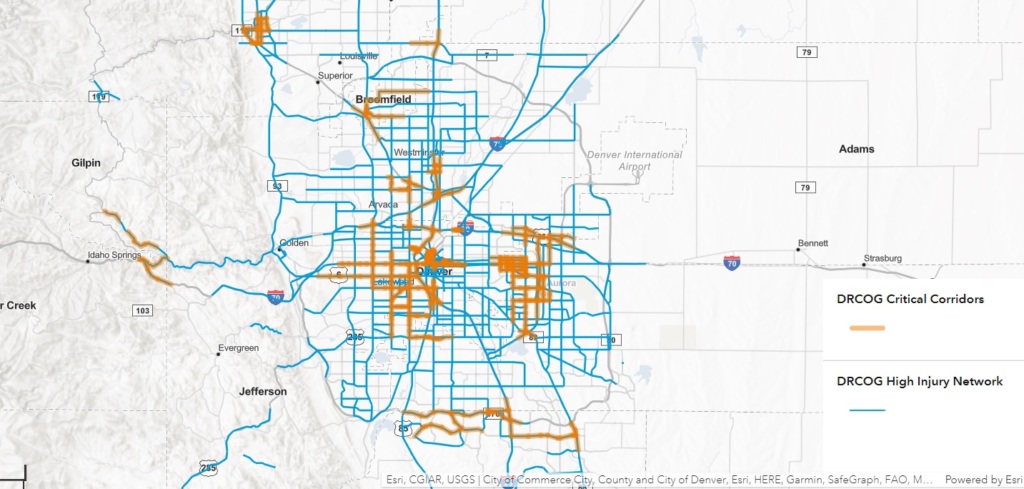
DRCOG High Injury Network from 2050 Regional planPhoto by DRCOG | Public Domain
Safety and quality of life improvements
People should not die trying to cross the street. But our main streets should be about more than survival. Our quality of life is tied to them and they should be friendly places where we can live our lives.
CDOT has leaned into safety and quality of life improvements with the new Main Streets program launched in 2020.
Working with local governments, CDOT is investing over $100 million dollars from a variety of sources in everything from sidewalks to bike infrastructure, safety improvements to streets converted for better outdoor use (think outdoor dining and playing versus a couple parking spots).
Many of the projects are underway (and may be done by the time you read this). This summer, we spoke with a few of the Mayors and local leaders shepherding these projects through including in Lone Tree, Boulder, Morrison, and Denver.
Here’s a CDOT map of some projects across the state.
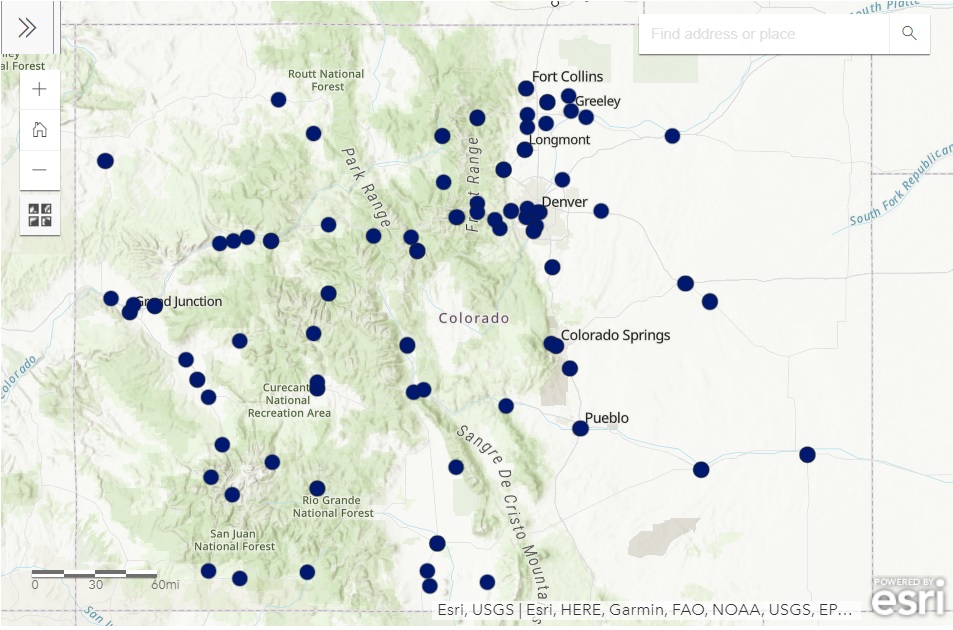
Revitalizing Main Streets projects – (Dec 2021)Photo by CDOT | Public Domain
Sidewalks, bike lanes, crosswalks – yes, please
CDOT has announced main streets projects in phases. Here’s where you can find some of those lists:
- The initial thirty projects in the Denver metro region
2020-2021 Revitalizing Main Streets grants - Sixteen larger safety projects announced in August 2021
Many of these projects pale in size to a massive highway project or bridge.
But I’d argue that focusing dollars to make the places we eat, drink, shop and live safer and more people-friendly should be a top priority.
A look at these projects shows they are serious about doing the small things that will make our main streets safer and more people-friendly.
Here are some examples:
Avon – Crossing the street to get to the bus stop
It seems ridiculous to undermine someone’s ability to ride a bus by making it life-threatening to access the bus stop. So the Town of Avon and CDOT will add four new crosswalks on US 6, a state highway and also a main street.
But when I say crosswalk, I’m not talking about a few stripes that rely on a pedestrian to have faith a driver going 45mph will see them if they step out onto the road.
The project includes measures to calm the speed of the cars approaching the bus stops and an activated rapid-flashing beacon.
Who will this project benefit? This stretch of US 6 has apartments, condos, houses, restaurants, a major shopping area and an access point to Beaver Creek Ski Mountain.
This is a main street that doesn’t need more cars. So by making it safer and easier to access the transit stops and reorienting this stretch to begin to rebalance it towards all the people using it, we’ll see much higher quality of life benefits.
Berthoud – Mind the gap becomes fill the gap with a trail connector
Across Colorado, there are numerous trails that people use to walk, bike, and roll. But too often those trails have gaps. I’m not talking a “watch-your-step” kind of gap. I’m talking a “the-trail-ends-now-try-to-cross-a-road-with-lots-of-cars-flying-by” gap.
In Berthoud, they are closing that gap, not only by adding in pedestrian infrastructure like a refuge (a place of concrete in the middle of the road for pedestrians to wait as they cross) and beacons (flashy lights that alert drivers of your presence) but also by extending a section of the regional trail separated from the roadway, closing the gap in this area between homes, main streets and the trail system.
Fort Collins – Completing the street
Laporte Avenue in Fort Collins looks like too many of our main streets. A few lanes of pavement for cars that just sort of fades out on the edges.
Confident bicyclists and pedestrians or people left with no choice may brave those sides of the road. But it’s anything but recruiting for the vast majority of us.
According to project details, “The Laporte Corridor Project seeks to improve vehicular, bicycle and pedestrian safety along the Laporte Avenue corridor by addressing deficient sidewalks, adding raised bicycle lanes, adding a center reversible turn lane, adding a signalized pedestrian crossing, and upgrading the roadway with curb and gutter, and other traffic improvements.”
I think the “before” image and the project rendering tell the best story.
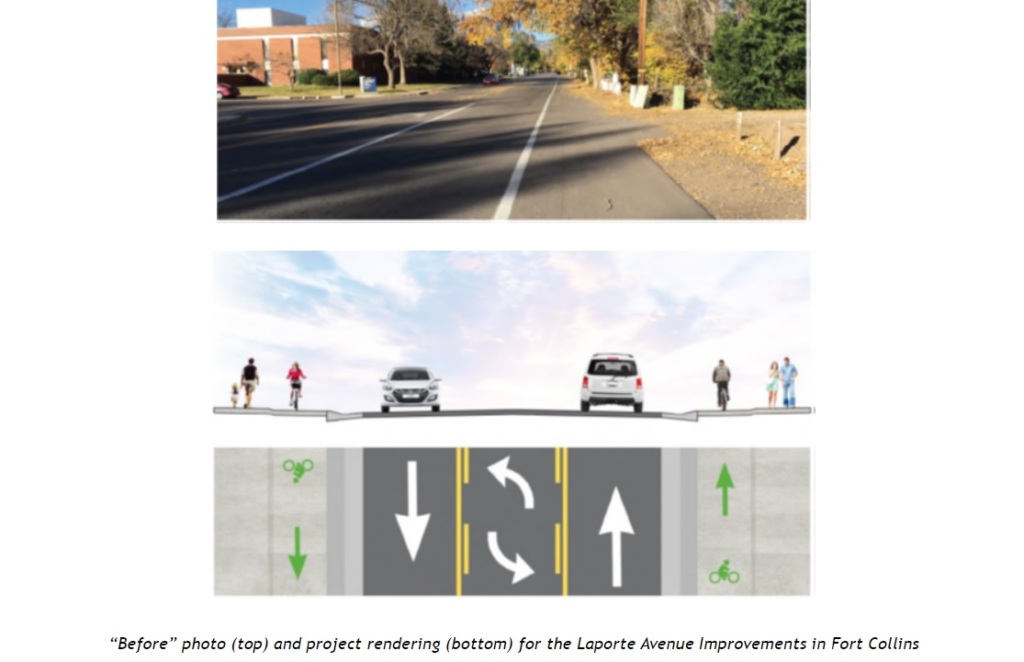
Photo by CDOT | Public Domain
So much progress but so much more could be and needs to be done
Looking at the dozens of projects you find everything from sidewalks near an assisted-living facility in Silt to converting street space for outdoor eating and community use in Glenwood Springs.
There are new multi-use trails, protected bike lanes, underpasses to connect people to transit, wider shoulders with rumble strips, and a lot of crosswalks and intersection improvements to make crossing the street pleasant and routine, not life threatening.
Despite the over $100 million that has been committed so far, there is so much additional work to be done. In my conversations with Executive Director Lew, she’s made it clear that CDOT is ready and eager to do even more.
The next key step is ensuring Governor Polis’s proposal to invest another $40 million in the Main Streets program is approved by the Colorado General Assembly in 2022.
Beyond that, there will be an unprecedented investment in our state’s infrastructure system over the next few years from both new federal and state dollars.
The Main Streets programs and projects should get a significant portion of those dollars.
We should prioritize investing in ways that make our main streets safer and more people-friendly.
In addition to the great individual projects in individual towns and cities, we should expand the program to create a network of main streets that are walkable, bikeable, and liveable for everyone.
Topics
Authors
Danny Katz
Executive Director, CoPIRG
Danny has been the director of CoPIRG for over a decade. Danny co-authored a groundbreaking report on the state’s transit, walking and biking needs and is a co-author of the annual “State of Recycling” report. He also helped write a 2016 Denver initiative to create a public matching campaign finance program and led the early effort to eliminate predatory payday loans in Colorado. Danny serves on the Colorado Department of Transportation's (CDOT) Efficiency and Accountability Committee, CDOT's Transit and Rail Advisory Committee, RTD's Reimagine Advisory Committee, the Denver Moves Everyone Think Tank, and the I-70 Collaborative Effort. Danny lobbies federal, state and local elected officials on transportation electrification, multimodal transportation, zero waste, consumer protection and public health issues. He appears frequently in local media outlets and is active in a number of coalitions. He resides in Denver with his family, where he enjoys biking and skiing, the neighborhood food scene and raising chickens.
Find Out More
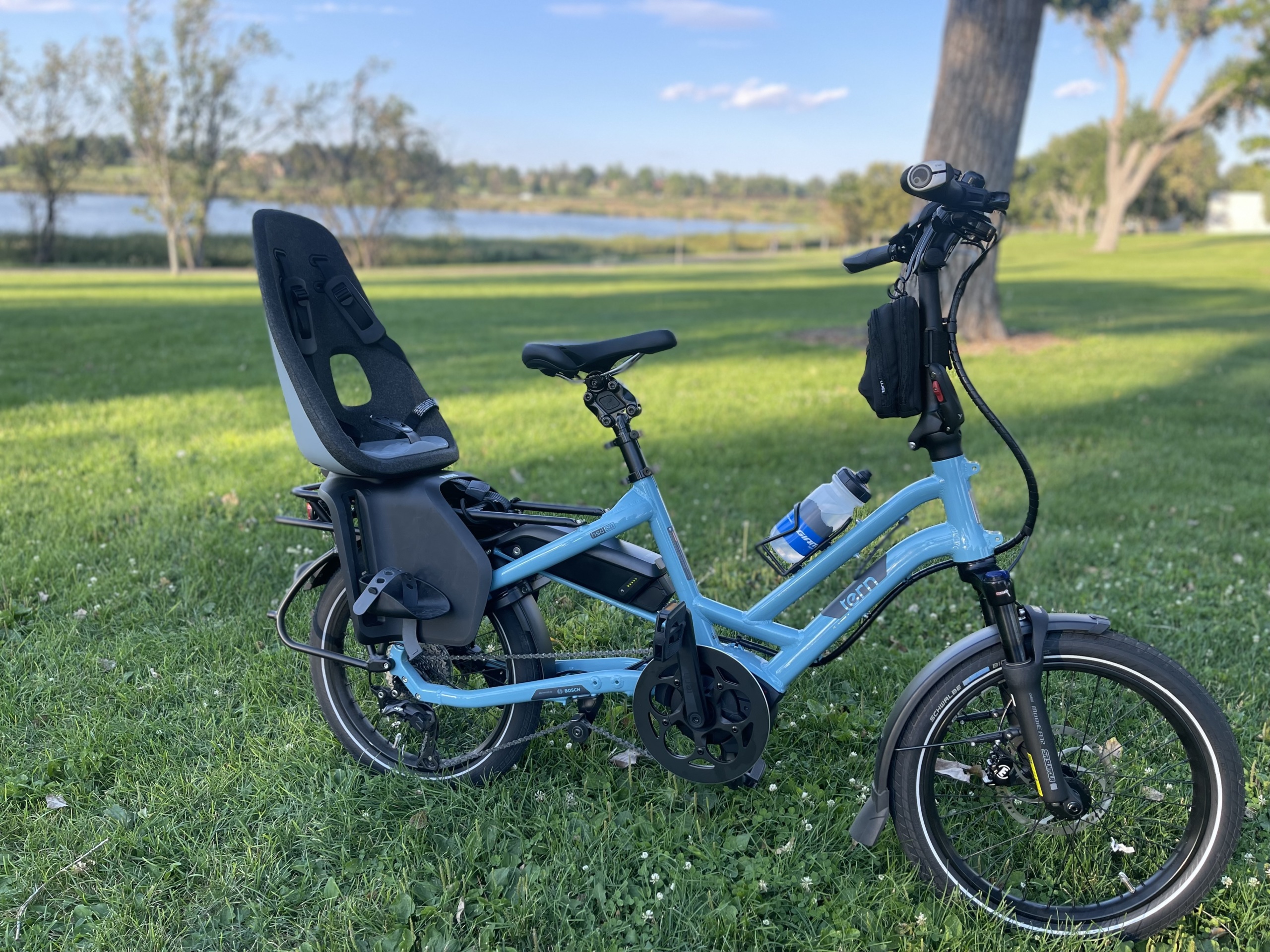
How to get the Colorado state e-bike tax credit
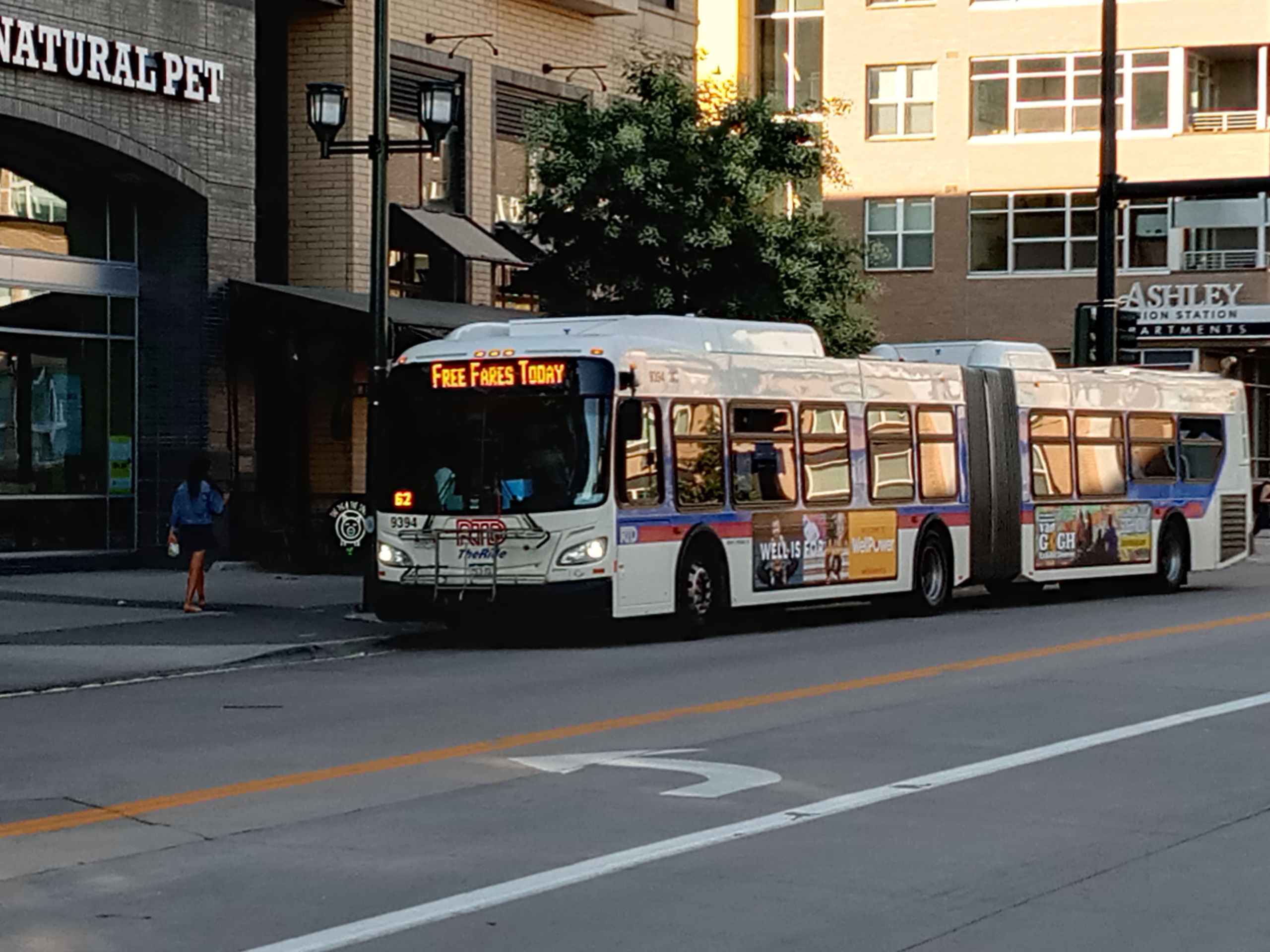
Every bus, every train will be free to ride in the Denver area July and August
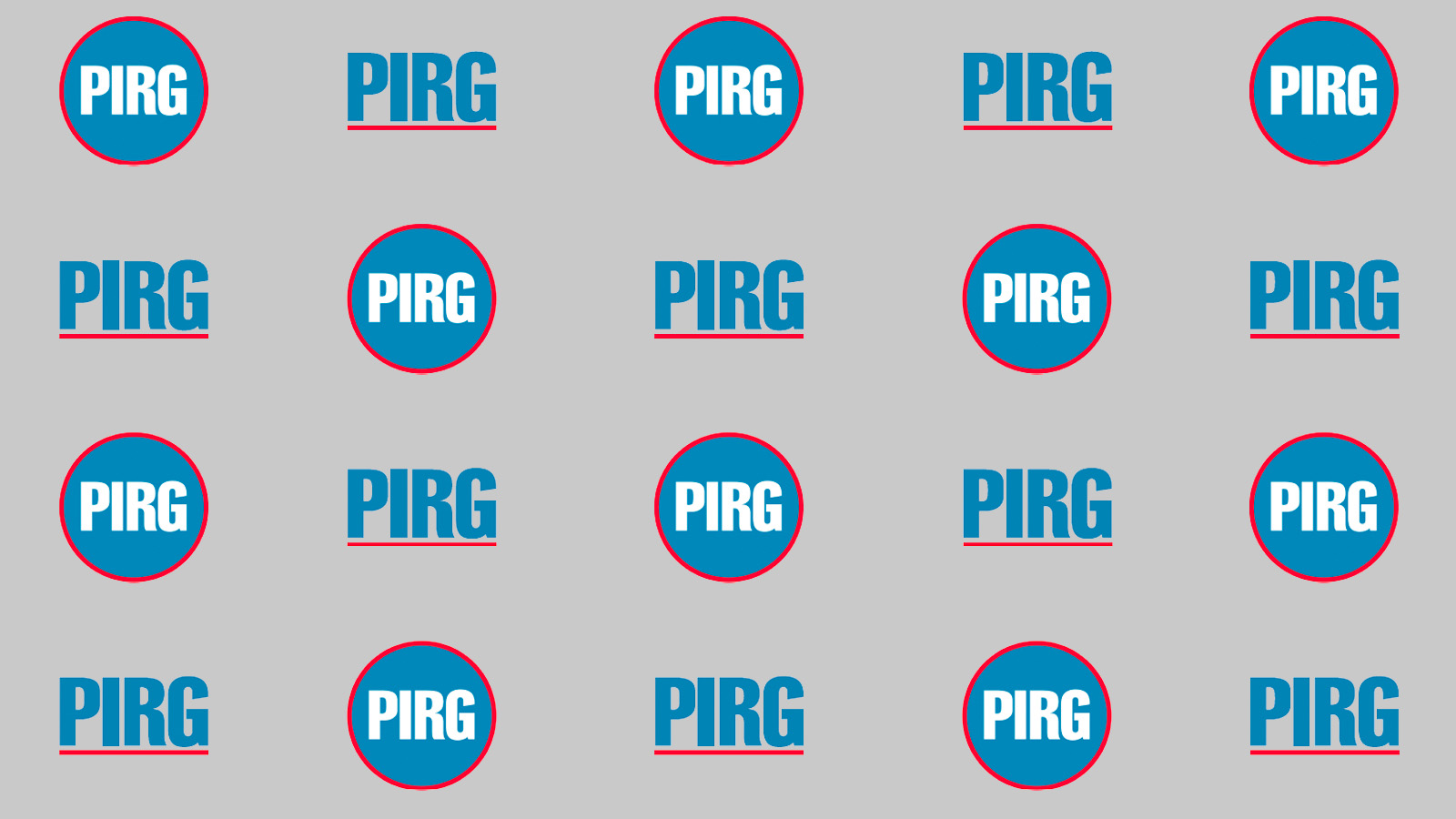
Denver should close the gap in its 2030 fast, frequent bus plan through Central Denver
